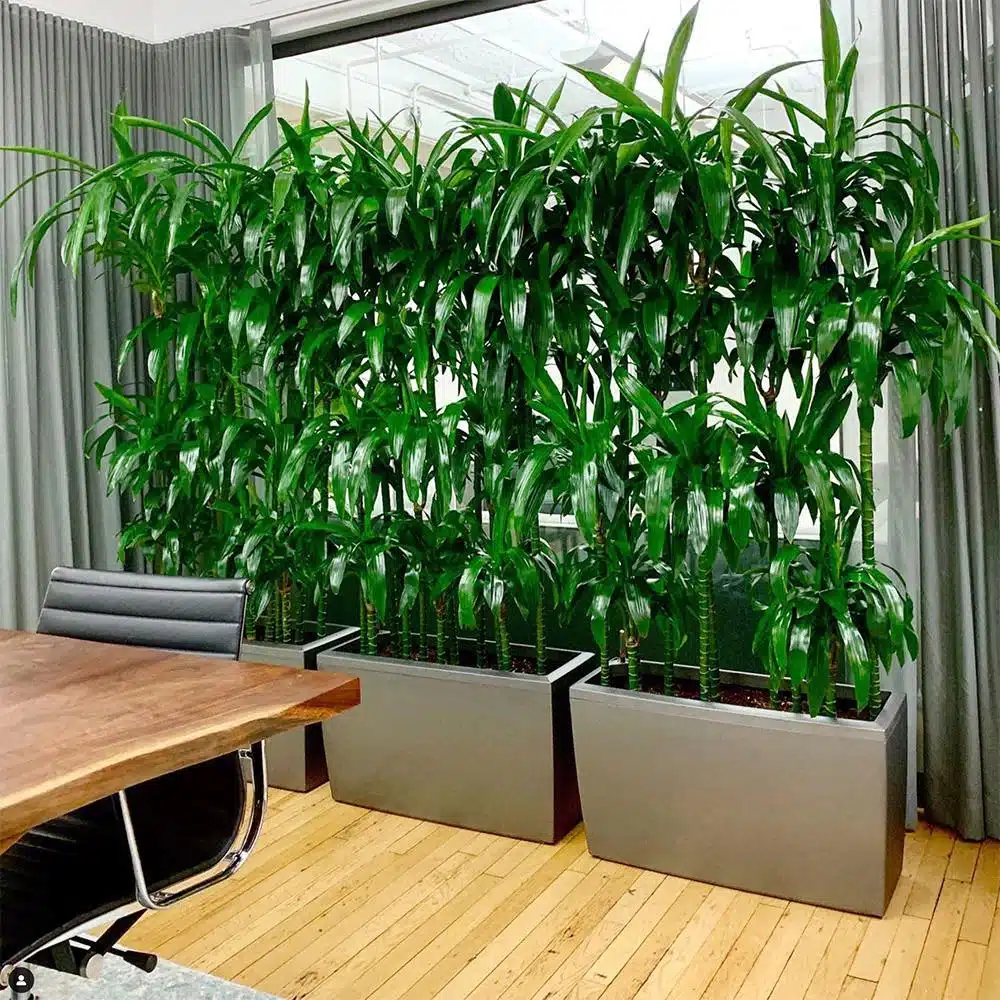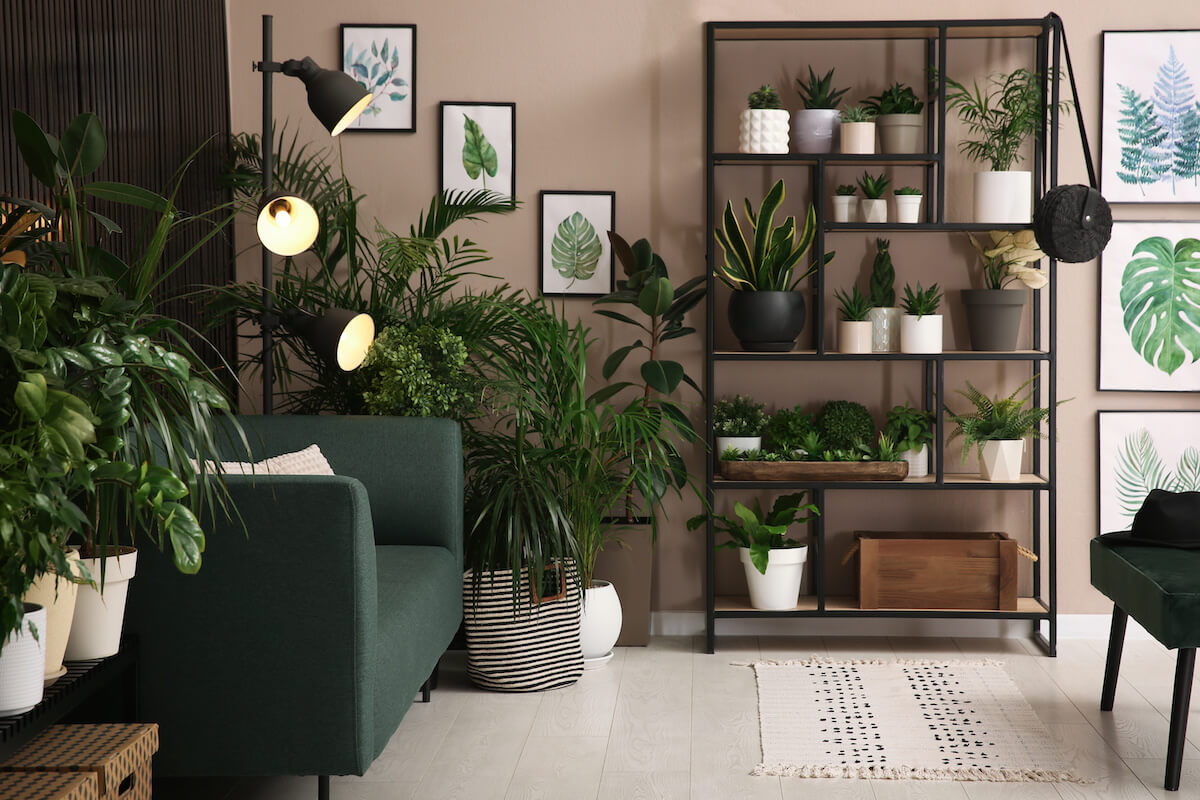A Guide to the Best Low-Light Indoor Plants for Small Spaces
A Guide to the Best Low-Light Indoor Plants for Small Spaces
Blog Article
Transform Your Home With Beautiful Low-Light Indoor Plants and Their Advantages
Integrating low-light interior plants into your home can dramatically enhance both the ecological and aesthetic high quality of your living spaces. These plants, which thrive in dark conditions, serve not just as attractive elements however additionally as natural air cleansers, making them ideal for metropolitan occupants or those with minimal sunlight exposure. As we discover the various types of low-light plants and their advantages, you might locate surprising methods to incorporate them right into your home that can change your surroundings in ways you may not have actually anticipated.
Benefits of Low-Light Plants
Low-light plants provide many benefits for interior atmospheres, making them an outstanding choice for both amateur and seasoned gardeners. One of the primary advantages is their adaptability to low-light conditions, enabling people to boost their home without the demand for extensive sunlight direct exposure. This characteristic makes them optimal for apartment or condos, workplaces, and other areas with restricted all-natural light.

Furthermore, incorporating low-light plants into home décor can elevate the aesthetic allure of a room. Their lavish vegetation and differed structures produce a soothing atmosphere, adding to overall well-being. Lastly, the presence of plant has actually been linked to decreased tension levels and improved efficiency, making low-light plants a sensible choice for boosting both mental and physical health and wellness in interior settings.
Top Low-Light Indoor Plants
While numerous interior plants flourish in intense light, several varieties are especially fit for low-light problems, making them perfect for numerous indoor areas. One popular selection is the Serpent Plant (Sansevieria), known for its striking upright leaves and strength, requiring marginal care. One more superb option is the Pothos (Epipremnum aureum), which includes heart-shaped fallen leaves and can trail magnificently from shelves or hangers, prospering in reduced light and adding a rich touch.
The ZZ Plant (Zamioculcas zamiifolia) is commemorated for its shiny leaves and capacity to endure forget, making it perfect for busy way of lives. The Peace Lily (Spathiphyllum) not only tolerates low light but likewise creates sensational white blossoms, boosting any kind of room's aesthetic.
For an one-of-a-kind touch, consider the Cast Iron Plant (Aspidistra elatior), which certainly measures up to its name, prospering in the darkest edges of your home. Last but not least, the Chinese Evergreen (Aglaonema) supplies a variety of leaf patterns and colors while being extremely forgiving in low-light conditions. These plants not only beautify indoor environments but likewise contribute to air purification, enhancing your space.
Treatment Tips for Low-Light Plants

Watering techniques are crucial; these plants usually prefer slightly completely dry conditions. Overwatering can bring about root rot, so ensure that the leading inch of dirt is dry before watering once more. Use pots with drain openings to permit excess dampness to leave.
Moisture is an additional vital factor. Many low-light plants, such as ferns and peace lilies, gain from higher moisture degrees. To increase humidity, consider misting the leaves or placing a tray of water near the plants.
Fertilization needs to be come close to with care. Throughout the expanding period, make use of a diluted, well balanced fluid plant food each month to sustain development, however prevent fertilizing throughout the inactive winter season months.

Innovative Ways to Present Plants
Indoor plants can work as fascinating centerpieces in any kind of room, improving both aesthetic appeal and atmosphere. Innovative display screens can boost the aesthetic impact of low-light plants, making them an essential part of your home decoration. One effective approach is to make use of tiered plant stands, which enable you to display numerous plants at differing elevations while making best use of flooring space.
Hanging planters are another cutting-edge choice, producing a sense of deepness and drawing the eye upward. Consider macramé hangers or click to investigate wall-mounted racks to present an unique texture and style.
For a more organized strategy, use geometric terrariums or glass containers to house your plants, adding a modern touch to your indoor yard. You can additionally repurpose classic products, such as teacups or wooden crates, for an eclectic display screen that mirrors your individuality.
Enhancing Home Atmosphere With Plants
Integrating low-light plants into your home not only enhances visual appeal yet additionally adds substantially to the general ambiance. These plants work as all-natural decor elements, presenting a sense of tranquility that can change any type of room. The presence of plant cultivates a soothing ambience, which is particularly helpful in high-stress atmospheres such as office or living spaces.
Low-light plants, such as snake plants, pothos, and ZZ plants, are not just aesthetically pleasing but likewise enhance interior air top quality by filtering system pollutants. This twin function enhances the setting better, creating a healthier home (Best low-light indoor plants). The strategic placement of these plants can also influence the assumption of space; as an example, high plants can draw the eye up, making ceilings show up higher and areas much more roomy
In addition, varying structures and shades of foliage include depth to indoor design, permitting for creative expression in home designing. Whether positioned on shelves, in corners, or as focal points, low-light plants can raise the state of mind of any area. In recap, incorporating these plants right into your home is an effective means to promote a warm, inviting environment while profiting of improved air top quality and aesthetic adaptability.
Final Thought
Including low-light interior plants right into home settings offers various benefits, including enhanced aesthetic charm and improved air quality. These durable plants, such as the Snake Plant and Peace Lily, require minimal light and maintenance, making them suitable for varied way of livings.
While several indoor plants thrive in intense light, numerous types are particularly fit for low-light problems, making them suitable for different indoor areas. One reliable technique is to utilize tiered plant stands, which allow you to showcase several plants at varying elevations while taking full advantage of floor area.
Low-light plants, such as snake plants, pothos, and ZZ plants, are not only aesthetically pleasing yet additionally enhance indoor company website air quality by filtering system contaminants. Best low-light indoor plants. The calculated placement of these plants can additionally affect the understanding of space; for circumstances, tall plants can attract the eye up, making ceilings show up higher and rooms much more spacious
These resistant plants, such as the Snake Plant and Tranquility Lily, need minimal light and maintenance, making them suitable for varied lifestyles.
Report this page